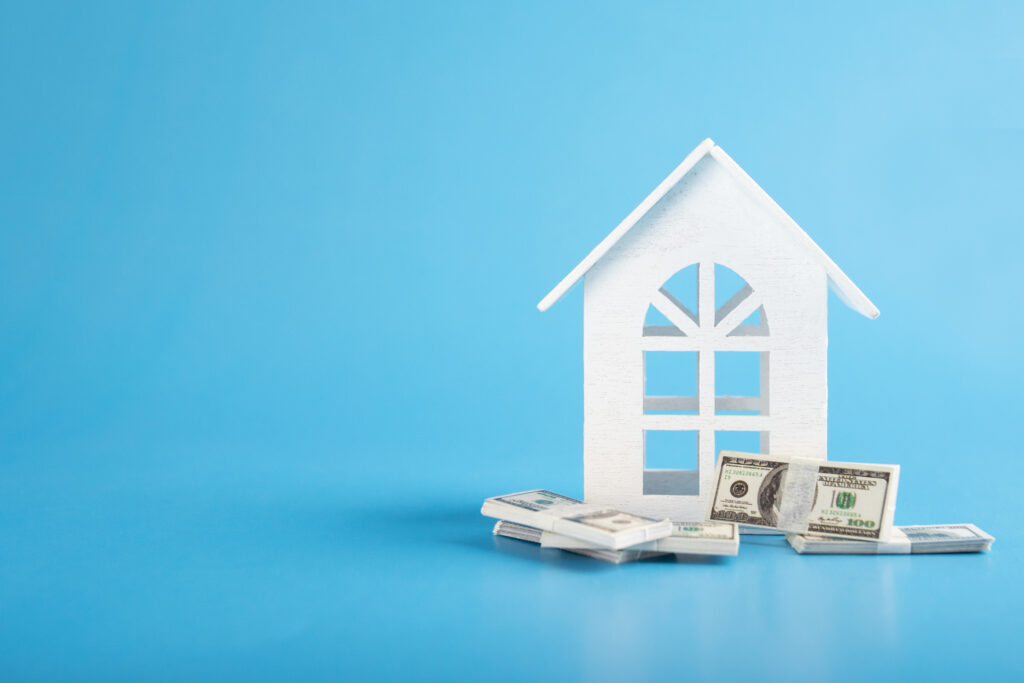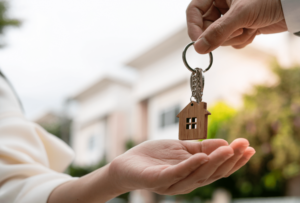
As Australia’s cities continue to grow, sustainable development and urban planning are becoming pivotal in shaping the future of the nation’s real estate market. This shift is driven by a recognition that traditional development practices must evolve to address environmental concerns, accommodate population growth, and enhance the quality of urban life. Sustainable development in Australian real estate is not just a trend but a necessary adaptation to the challenges of the 21st century.
The Importance of Sustainable Development in Urban Planning
Sustainable development aims to meet the needs of the present without compromising the ability of future generations to meet their own needs. In the context of urban planning, this means creating cities that are environmentally friendly, economically viable, and socially inclusive. For the Australian real estate market, this translates into developments that prioritize energy efficiency, reduce carbon footprints, and promote the well-being of residents.
Urban areas in Australia, such as Sydney, Melbourne, Brisbane, and Perth, face significant challenges due to rapid population growth and urban sprawl. Sustainable development practices are essential for managing these challenges effectively. By integrating green building practices, enhancing public transportation, and fostering mixed-use developments, Australian cities can reduce their environmental impact and improve livability.
Green Building and Energy Efficiency
One of the key aspects of sustainable urban planning is the adoption of green building practices. In Australia, the National Australian Built Environment Rating System (NABERS) and the Green Building Council of Australia (GBCA) are instrumental in promoting energy-efficient buildings. These initiatives encourage developers to incorporate renewable energy sources, efficient water usage, and sustainable materials in their projects.
Green building not only benefits the environment but also provides economic advantages. Energy-efficient buildings reduce operational costs for owners and tenants, leading to lower utility bills and higher property values. Moreover, these buildings often attract environmentally conscious tenants and buyers, reflecting a growing preference for sustainable living options in the Australian real estate market.
Public Transportation and Infrastructure
Effective urban planning extends beyond individual buildings to encompass broader infrastructure and transportation networks. Sustainable development in Australian cities involves investing in public transportation systems that reduce reliance on private vehicles. Improved public transit options, such as buses, trains, and light rail, help decrease traffic congestion and lower greenhouse gas emissions.
Urban planners are also focusing on creating walkable neighborhoods and cycling-friendly infrastructure. By designing cities that promote walking and cycling, planners can reduce the need for short car trips, further contributing to environmental sustainability. Integrating these elements into urban design enhances the overall quality of life for residents and supports a more sustainable real estate market.

Mixed-Use Developments and Community Building
Mixed-use developments, which combine residential, commercial, and recreational spaces, are gaining popularity in Australian cities. These developments offer numerous benefits, including reduced travel distances, increased convenience, and a stronger sense of community. By integrating various functions into a single area, mixed-use developments contribute to the creation of vibrant, dynamic neighborhoods.
Community building is another critical component of sustainable urban planning. Creating spaces that foster social interaction and inclusivity enhances the well-being of residents and strengthens community ties. In Australia, urban planners are increasingly focusing on designing public spaces that encourage community engagement and provide opportunities for social and cultural activities.
Addressing Climate Change and Environmental Impact
Australia is particularly vulnerable to the effects of climate change, including extreme weather events and rising sea levels. Sustainable urban planning must address these challenges by incorporating climate resilience into development strategies. This includes designing buildings and infrastructure that can withstand extreme weather conditions and implementing measures to mitigate the impact of climate change.
Environmental impact assessments are becoming standard practice in the planning and approval processes for new developments. These assessments help identify potential environmental risks and ensure that appropriate mitigation measures are in place. By prioritizing climate resilience and environmental protection, Australian real estate developers and urban planners can contribute to a more sustainable and resilient future.
Australian Topical Sites and Their Role in Sustainable Development
In Australia, several topical sites and projects exemplify the principles of sustainable development and urban planning. For example, the Green Square development in Sydney represents a significant effort to create a sustainable, mixed-use community with a focus on environmental performance and community engagement. Similarly, the Docklands precinct in Melbourne demonstrates the benefits of integrating public transportation, green spaces, and residential areas in a cohesive urban environment.
These projects highlight the potential of sustainable development to transform urban landscapes and improve the quality of life for residents. They also serve as models for future developments, showcasing how innovative urban planning can address contemporary challenges while promoting long-term sustainability.




